As a barista one of the challenges that comes up, especially when using alternative milks, is the acidic coffee reacting with the milk and causing it to curdle and separate. This ruins the texture of the milk as well as giving the coffee a more bitter taste overall.
God forbid when someone came into the cafe and ordered a decaf soy latte. No matter what you did you would get a soy sludge on top and bitter coffee water underneath.
But alkalizing the coffee and bringing down the acidity you can stop this separation from happening. Some people also find a more alkalized coffee is easier on their stomach. But how can you alkalize coffee without ruining the taste?
Using high quality freshly roasted arabica beans (instead of robusta beans) is the best way to make a more alkaline coffee whilst improving the taste. Alternatively using dark roast beans instead of light roast reduces acidity or you can add a pinch of baking soda, coffee tamer or water alkalizer to make your coffee more alkaline.
If you experience tummy troubles after drinking a cup of coffee, alkalizing the coffee can help. Keep reading to learn how these alkalizing hacks work!
How To Make Coffee More Alkaline Without Additives
To begin with we’ll look at how to make your coffee more alkaline without adding anything extra.
Here we are talking about things like better beans, darker roasts and your extraction method.
Small changes and improvements in the quality of the beans and the extraction have a HUGE and undeniable impact on the acidity of your coffee and the taste.
Good beans with a good extraction can reduce acidity whilst giving you a much better and less bitter tasting cup of coffee.
1. Use Fresh and High Quality Arabica Beans

One of the major sources of your coffee being too acidic is using poor quality beans and beans that are old and were roasted long ago.
Many supermarket brands of coffee beans use robusta beans which are cheaper to make but more acidic.
Instead look for high quality arabica beans. You’ll pay a bit more but the coffee with be more alkaline and it’ll taste so much better and is less likely to be bitter.
Also ideally you want to buy freshly roasted beans. Look for beans with a roast date (as opposed to a best before date). Sadly, most supermarket beans don’t show the roast date and they are extremely old when you buy them.
Day 5-14 after roast date tend to be the best for a perfect brew and after that the beans start to get a bit old and are likely to taste more acidic and bitter.
2. Use a Dark Roast Coffee
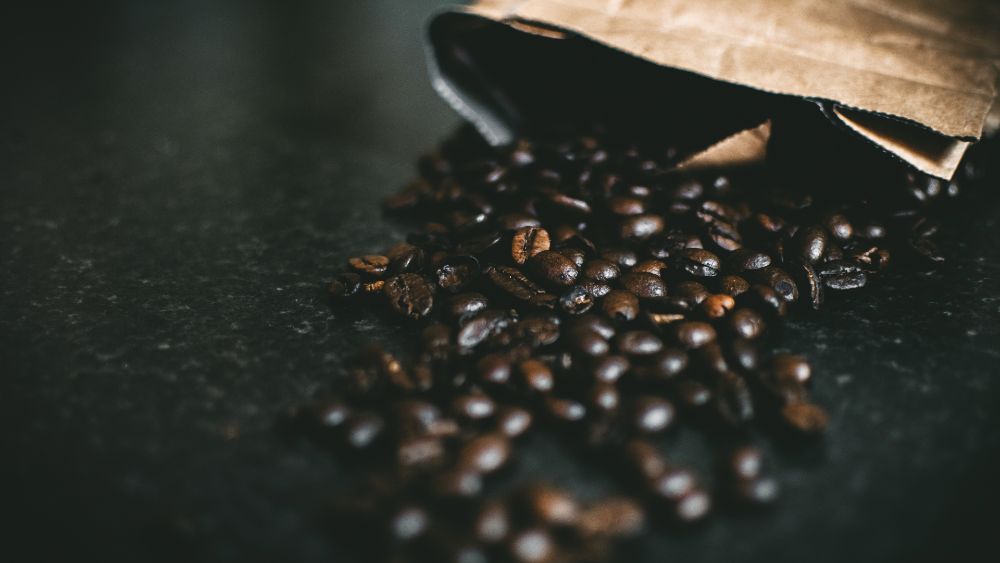
Light roast coffees have become increasingly popular in high-end cafes because they produce more fruity and citrus flavors in the coffee.
When done right these light roast coffees taste absolutely amazing. However, they are also more acidic than coffee that has been dark roasted.
Dark roasted coffees give more earthy and chocolatey flavors and generally contain less acidity, but again it comes down to the quality of the beans. Poor quality dark roast beans are notorious for being extremely bitter.
3. Use a Low Acidity Coffee Bean
There are some beans out there specifically chosen and roasted for their low acid profile.
If you really need a low acid coffee then these are definitely worth a try.
4. Improve Your Extraction Using a Finer Grind
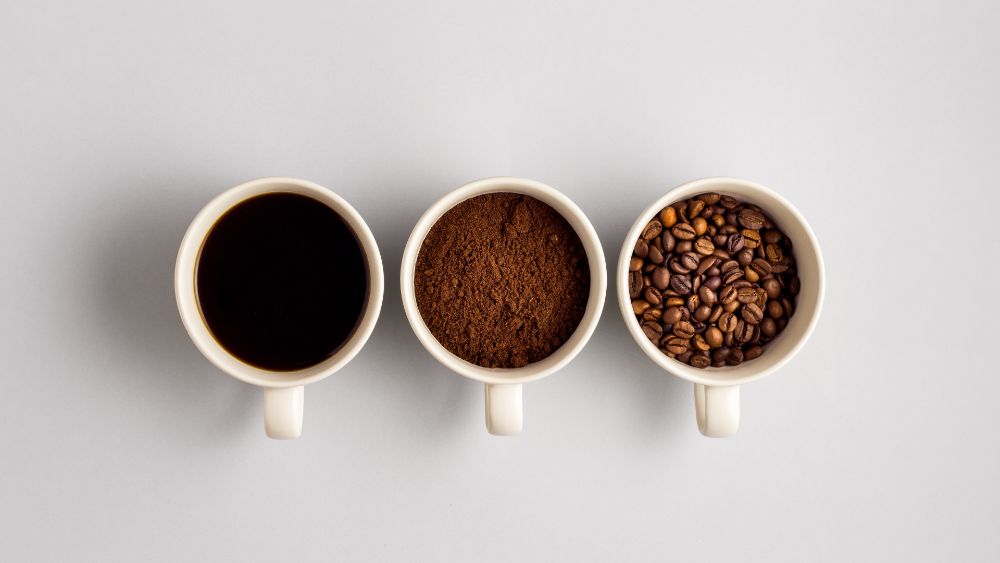
If you’re using high quality beans and a good roast then the next thing you should look at is your extraction and try to improve that.
This is an art form in an of itself but trying different grind settings can have a big impact. Generally speaking a finer grind can create a better extraction and a more alkaline coffee.
Because coarse grounds brew faster than finer grounds, they release more acid. Use finer ground beans to brew a more alkaline cup of coffee.
Play with different grind settings (if you have a grinder) or buy more finely ground beans and see if it makes a difference.
5. Cold Brew Your Coffee
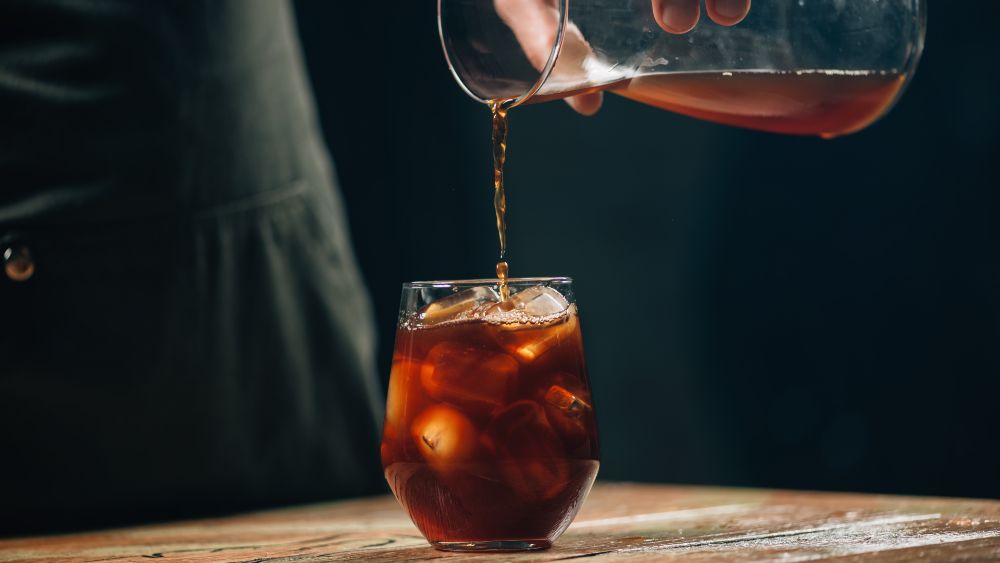
If you're content with the ingredients in your cup of coffee, you might consider changing the way you brew it to make it more alkaline. Most coffee pots brew between 160-200°F (70-93ºC).
At 160ºF, the coffee beans begin to release their acid. If the beans never release their acid, then your coffee becomes more alkaline.
Cold brew coffee is not a new invention, in fact, some people prefer it over traditionally brewed coffee. While you can purchase cold brew beans, there are also recipes that allow you to use the coffee grounds you already have in your pantry.
If you purchase beans meant specifically for cold brewing, follow the instructions on the package for best results. However, if you're using regular coffee grounds, the process is extremely simple. Follow this recipe from Fed and Fit:
Pour 4 cups of filtered water over 2 cups of your favorite coffee grounds in a cup, jar, bowl, or other container. Put the container in the refrigerator for at least 12 hours. Yes, that's right, you're going to have to wait a while to make cold brew coffee. For a stronger flavor, let it brew longer, however, you shouldn't let the coffee brew for more than 48 hours.
After brewing, pour the mixture through a coffee filter. This will ensure no coffee grounds find their way into the final product. After filtering the coffee, mix 1/2 cup of the coffee with 1/2 cup of room temperature water. You can also add any sugar, creamer, or flavorings at this point. Voila, you're ready to drink your first cup of cold brew coffee!
Not only does adding creamer and milk to your coffee improve the flavor, but it will counteract some of the acids in the brew due to their higher levels of calcium.
You can also purchase a cold brew coffee maker to further simplify the brewing process.
6. Use a Paper Filter Instead of a Metal Filter
Some people swear by the fact that paper filters reduce produce a more alkaline coffee when compared to metal filters.
7. Use Filtered Water
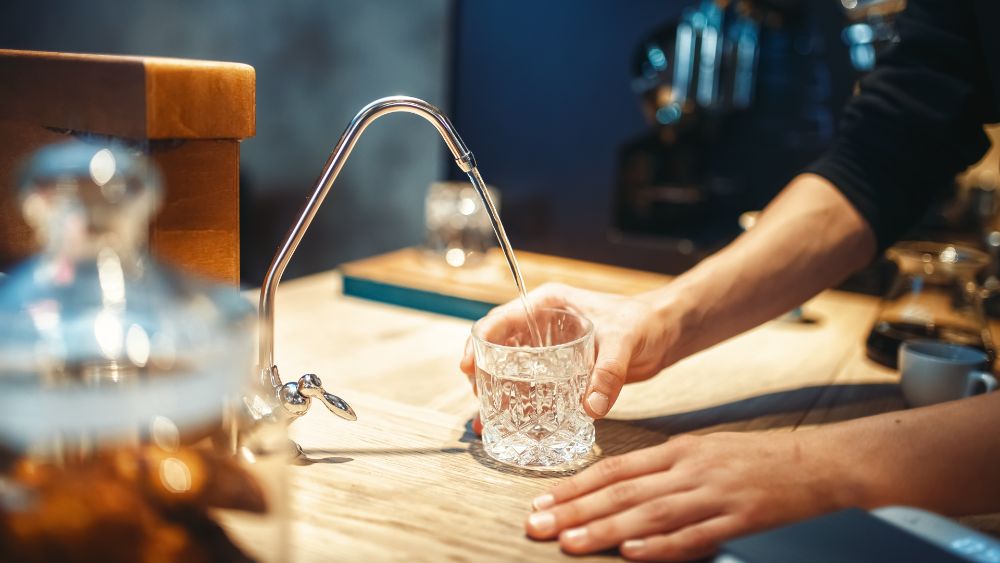
You don't necessarily have to change the coffee you're brewing to reduce the acidity in your drink. Believe it or not, the water you're using to brew may be contributing acid to your coffee.
Switching to filtered water can significantly decrease the amount of acid in your coffee.
Something like a Brita Filter is a great way to simply and easily create filtered water for use with your coffee.
See the latest price of Brita Filters at Amazon
How To Make Coffee Alkaline Using Additives
Now we are going to look at some different additives you can use to quickly and easily make your coffee more alkaline without affecting the flavor.
This way no matter what coffee you’re drinking or where you get it from you can instantly make it more alkaline.
8. Add a Pinch of Baking Soda

Baking Soda (or sodium bicarbonate) is naturally alkaline or basic and has little to no flavor when used in small amounts in coffee.
The coffee efficientato will definitely notice the difference but the slight altering of flavor isn’t extreme and it’s still a pleasant cup of coffee to drink.
The change in flavor isn’t nearly as bad as having your soy, almond or oat milk curdle.
Adding baking soda can also help decrease stomach cramps some people experience with drinking coffee.
You don’t need to use a lot of baking soda, just a small pinch makes a huge difference. I suggest experimenting with the amount you use.
You want to use as little as possible to decrease the acidity to the desired amount so try differing amounts and see roughly how much you need.
See the latest price of Baking Soda at Amazon
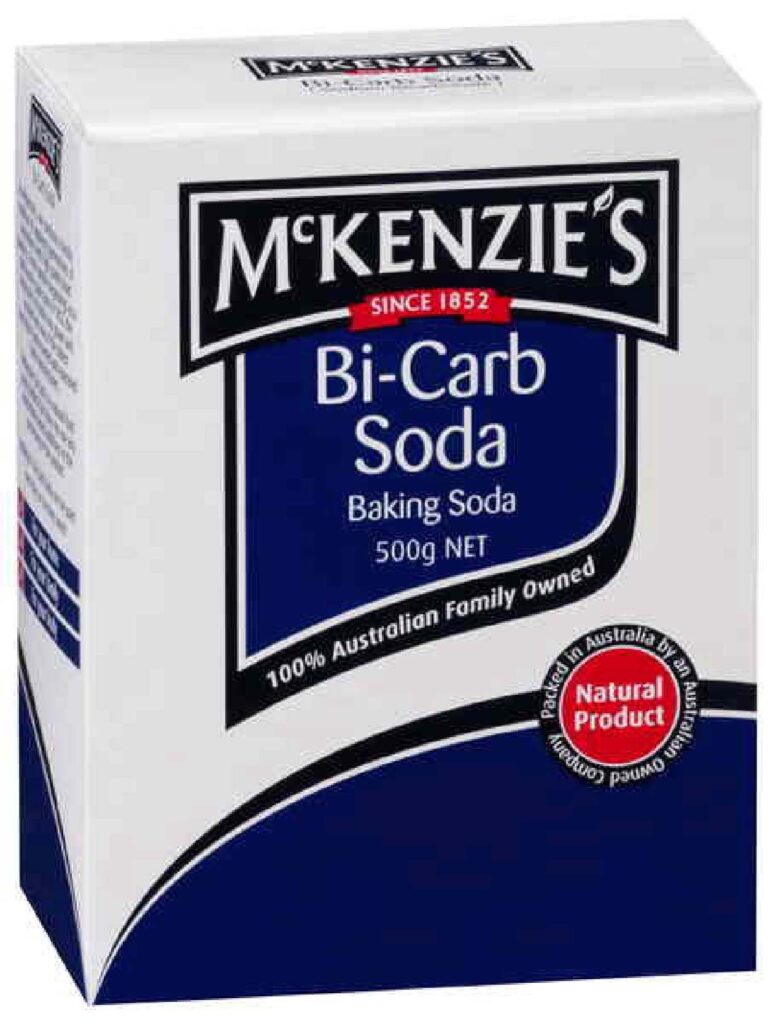
9. Use Coffee Tamer
If you don't want to use baking soda, you can use an acid reducer, such as Coffee Tamer.
These have been around for years and are a simple way to make your coffee more alkaline and should only have minor impacts on the flavor of your coffee (if they have any impact at all).
Simply pour the packet of granules into the drink and enjoy a more alkaline cup of coffee. Coffee Tamer can be added before or after the brew.
There are a couple of different brands of coffee tamer you can get and both work fine and are really affordable. Links below:
See the latest price of Coffee Tamer at Amazon
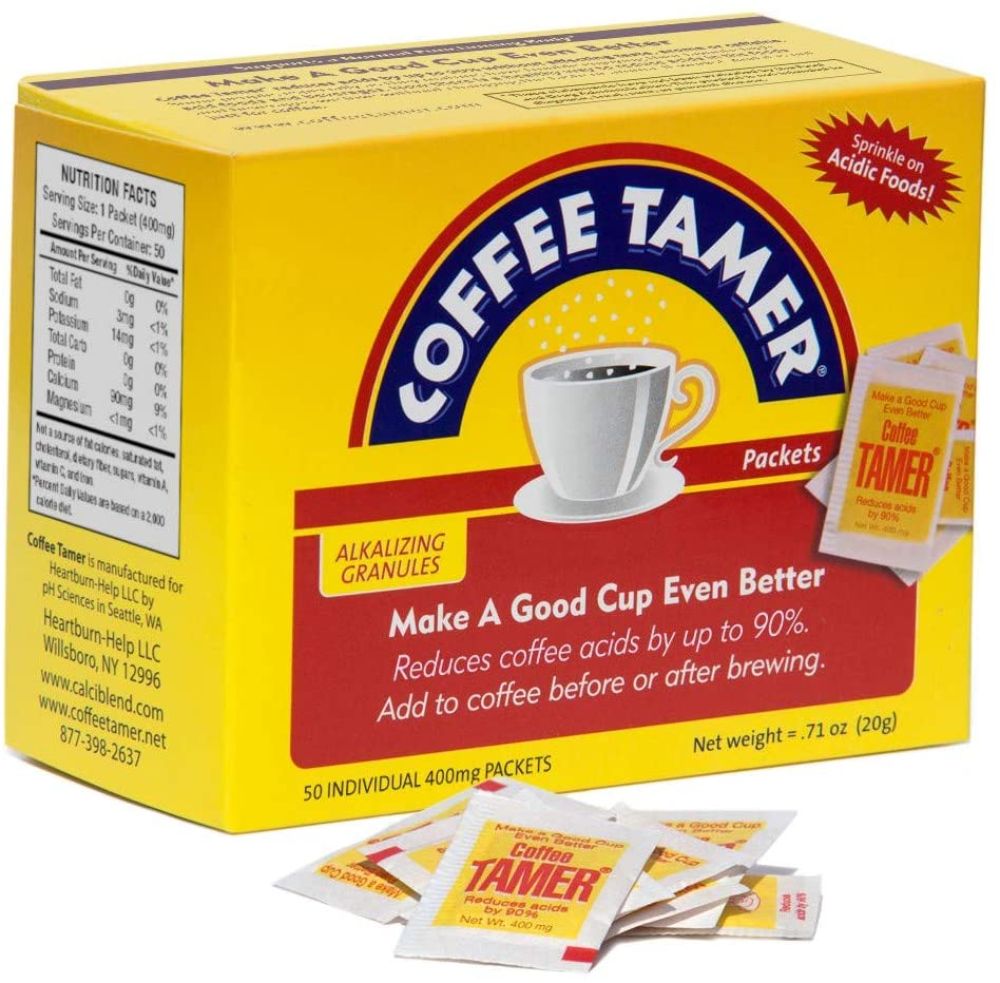
See the latest price of CalciBlend at Amazon
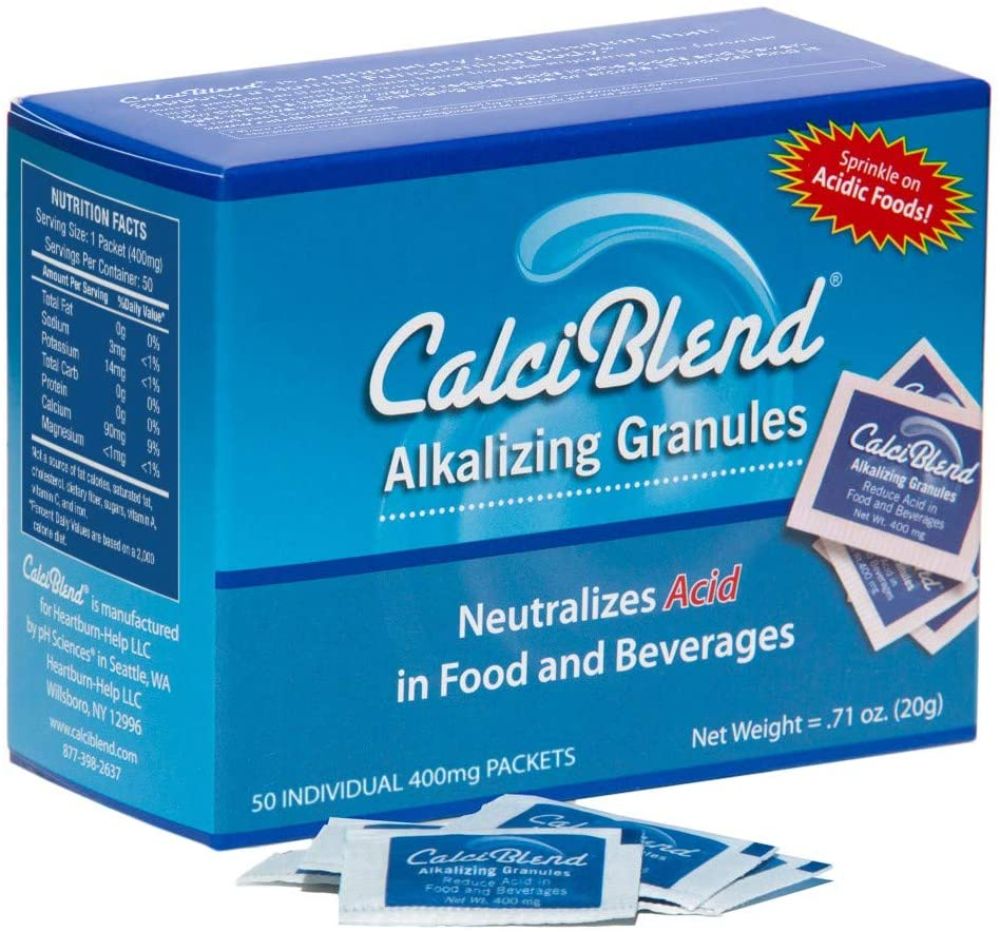
10. Make Your Water Alkaline
Alkaline water is a big hit in some diets and health communities. While it’s health benefits are questionable at best it can be a good method to counteract the acidity of your coffee.
Some people state that alkaline water tastes better than regular water or similar to artesian spring water, while other people claim it has a slight bit of bitterness to it.
Depending on how it tastes to you it’s possible that this could improve the taste of your coffee or hardly alter it at all whilst reducing the acidity.
You can buy alkaline water or one of the easiest ways to make it is to use something like Alkazone Drops.
Pace just 1-3 drops into the water you use to brew your coffee and stir. Then make your coffee as normal.
Alternatively you can add a drop or two to your finished cup or coffee.
See the latest price of Alkazone Drops at Amazon
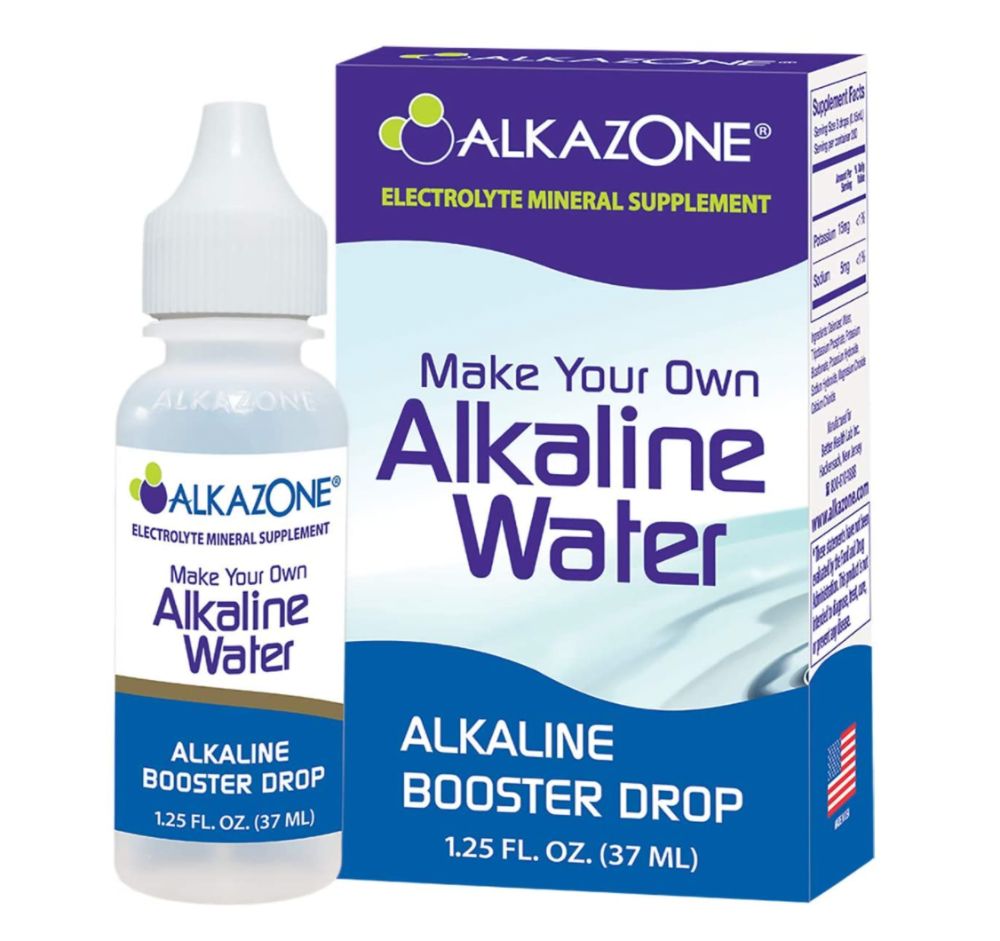
Ways To Reduce Bitterness Of Your Coffee Without Making It More Alkaline
If it’s the bitter taste of your coffee that you’re trying to fix and you don’t have any particular stomach problems that require your coffee to be more alkaline then the following hacks can lead to a better tasting cup of joe.
11. Add An Eggshell
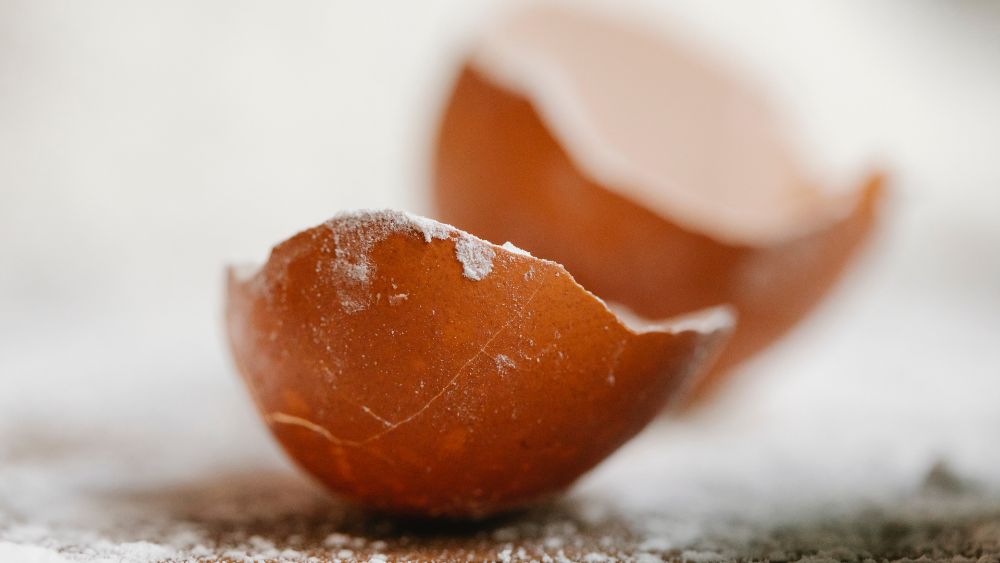
If you’re brewing a pot of coffee using the drip method or french press then adding an eggshell to the mix can help to decrease the bitterness and acidity of the coffee.
DO NOT use this method if you’re making espresso, the eggshells will ruin your espresso.
The idea here is that eggshells are made almost entirely from calcium carbonate, which is a salt.
The sodium ions in salt bond to the salt receptors on our tongue. This actually inhibits our perceptions of bitterness which can help to balance out the flavors in your coffee and make it taste better.
For a small pot of coffee it’s recommended you use 1 eggshell. Make sure you wash it first then crush it with your hands and add it into your coffee prior to brewing.
None of the eggshells will find their way into your cup, but salts and nutrients will.
12. Use Salt To Reduce Bitterness

Rather than going the eggshell route you can add a pinch of salt to your coffee which will have the same effect in reducing your perception of bitterness.
It won’t actually make your coffee less acidic, so for those with stomach issues this isn’t the ideal solution, but if you just want a better tasting coffee it can be a good hack.
You need to experiment with how much salt to use. A little bit will improve the taste but using too much will just make your coffee taste salty and horrible.
Does Cinnamon Reduce The Acidity of Coffee?
You may have heard that adding cinnamon to your coffee reduces the drink's acidity.
While cinnamon will contribute significantly to the flavor, it does not decrease the acidity of the coffee.
That said, adding cinnamon to your coffee can reduce acid reflux produced by the drink. Why is this?
Cinnamon decreases the amount of stomach acid your body produces, therefore reducing the discomfort you experience from drinking coffee.




